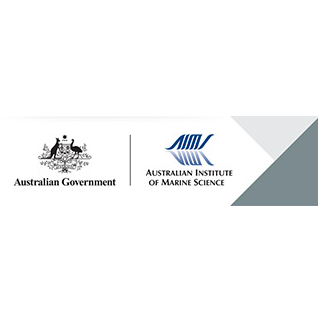Brief description
This simulation model allows various scenarios to be run which test how different percentages of nutrient reductions (and the parallel improvement in inshore reef quality) might operate in conjunction with raised water temperatures (as a result of climate change). The model has been used for the following simulations: The beneficial impact of end-of-catchment dissolved inorganic nutrients reductions (10%, 30%, 50% and 70%) in raising the bleaching resistance (i.e. the UTBT, °C) of inshore reefs between Townsville and Cooktown. The impact of 10%, 30%, 50% and 70% reductions in end-of-catchment dissolved inorganic nutrients for the Burdekin, Herbert, Tully, Johnstone, Russell, Barron, Daintree, Endeavour, Jeannie and Normanby river systems. Two scenarios for the Tully River Basin - an 18% reduction in fertiliser N application, and a 35% reduction. To develop a tool that enables greater characterization of risks posed to the linked GBR social-ecological system due to the effects of climate change. The model interfaces source code written in C++ with ArcGIS webmaps. Details pertaining to the rationale, development and application of the individual submodels and integrating framework can be found within the refereed journal articles.Lineage
Maintenance and Update Frequency: asNeededNotes
CreditWooldridge, Scott A, Dr (Principal Investigator)
Modified: 17 10 2024
Improved water quality can ameliorate effects of climate change on corals: Wooldridge SA and Done TJ (2009) Improved water quality can ameliorate effects of climate change on corals. Ecological Applications 19: 1492-1499.
local : articleId=8191
Water quality and coral bleaching thresholds: Formalising the linkage for the inshore reefs of the Great Barrier Reef, Australia: Wooldridge SA (2009) Water quality and coral bleaching thresholds: Formalising the linkage for the inshore reefs of the Great Barrier Reef, Australia. Marine Pollution Bulletin 58: 745-751.
local : articleId=8023
Modeling the improved resilience of inshore reefs to climate change due to terrestrial water quality improvements. Report to the Marine and Tropical Sciences Research Facility: Wooldridge SA (2008) Modeling the improved resilience of inshore reefs to climate change due to terrestrial water quality improvements. Report to the Marine and Tropical Sciences Research Facility. Reef and Rainforest Research Centre and Australian Institute of Marine Science. 28 p.
local : articleId=8131
MTSRF Project 2.5i.4
- global : ced0bef3-5ae6-47ec-a1fb-2fe83f67b023
- URI : eatlas.org.au/data/uuid/ced0bef3-5ae6-47ec-a1fb-2fe83f67b023



